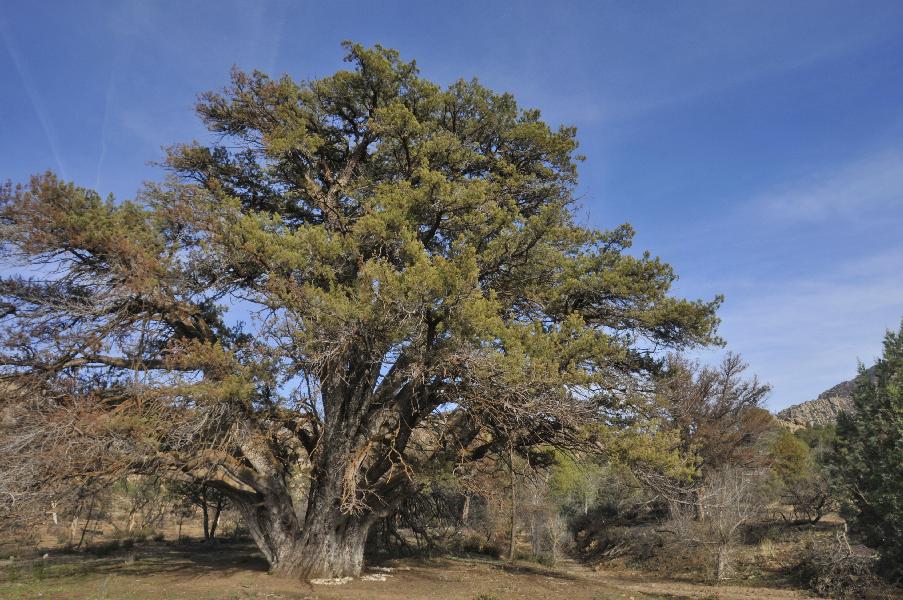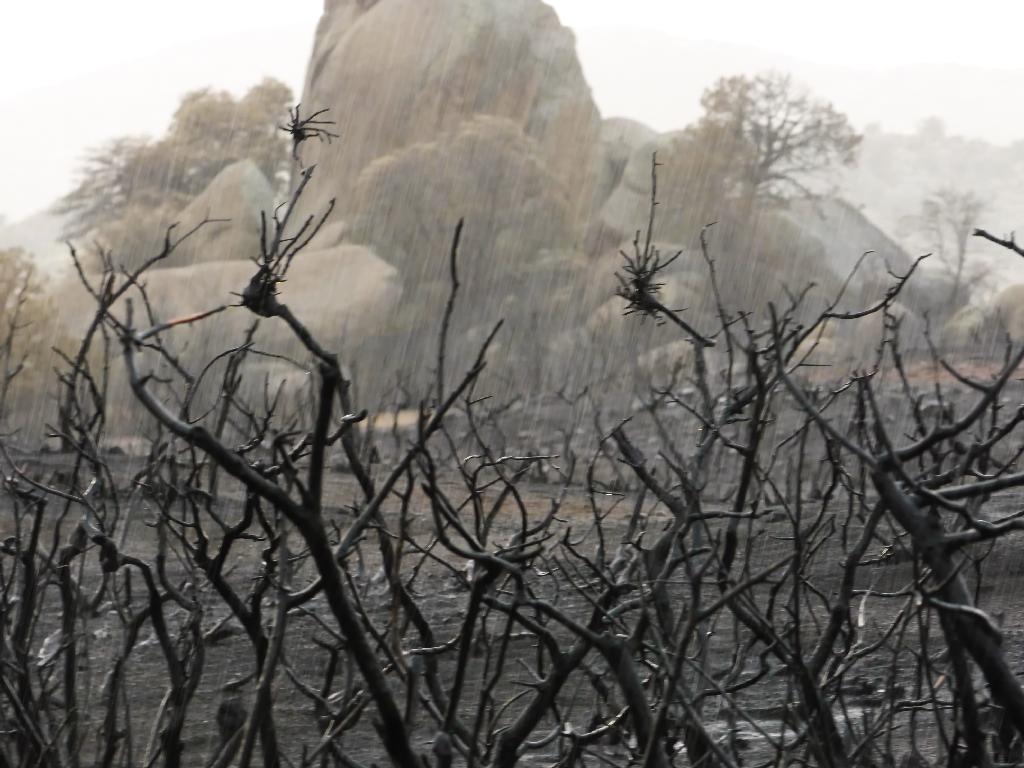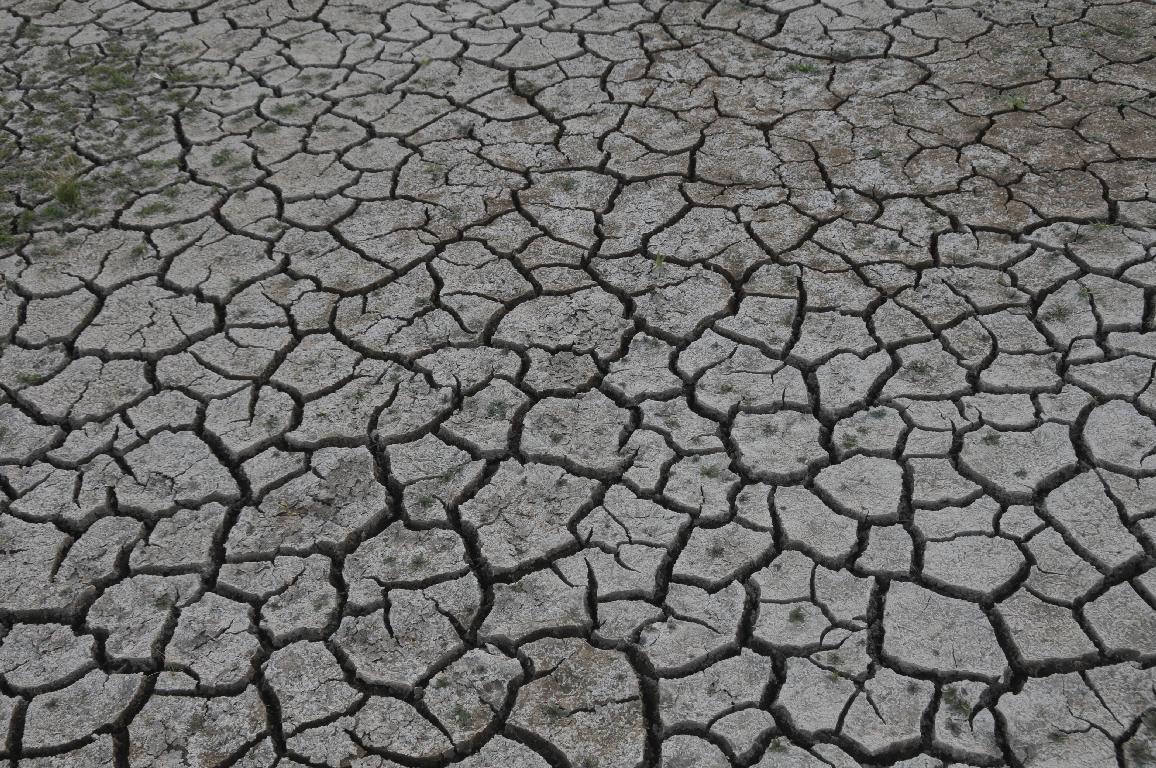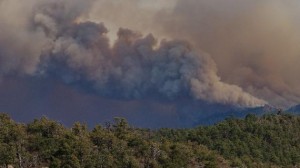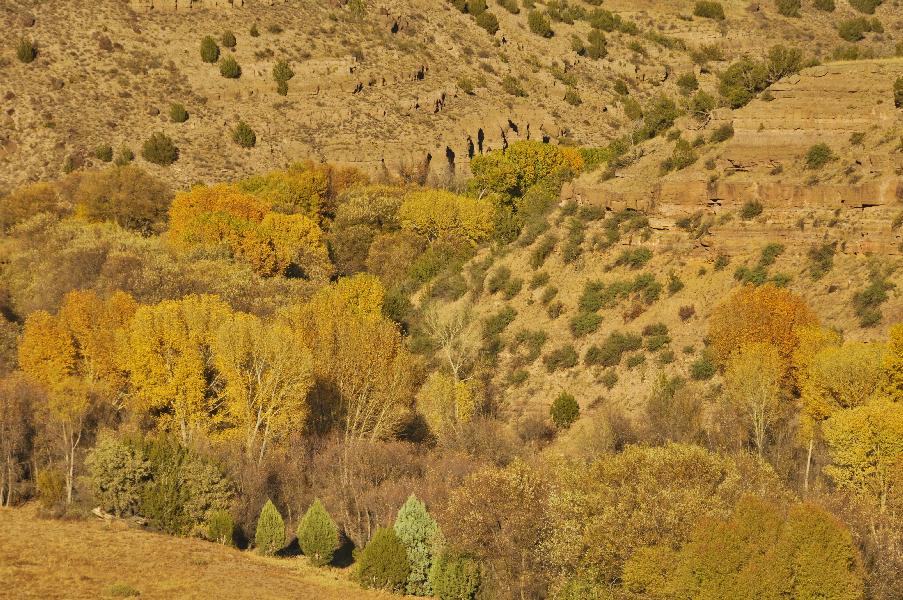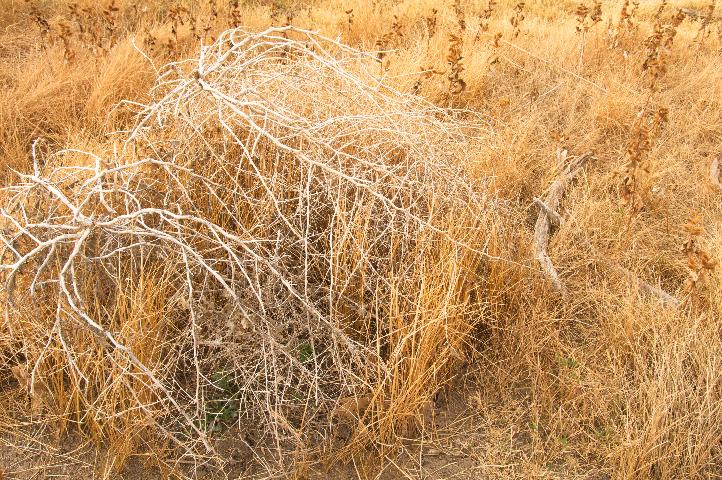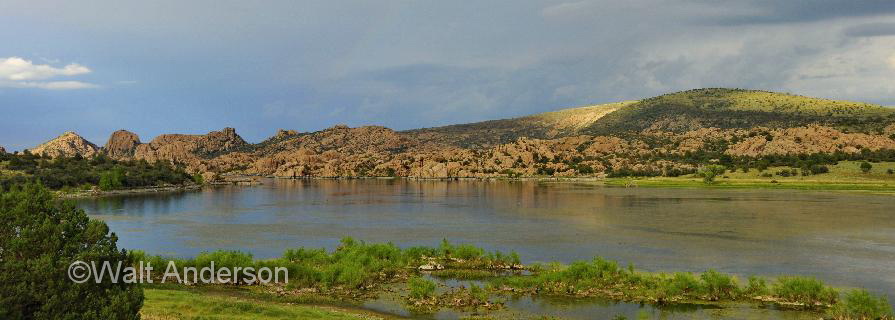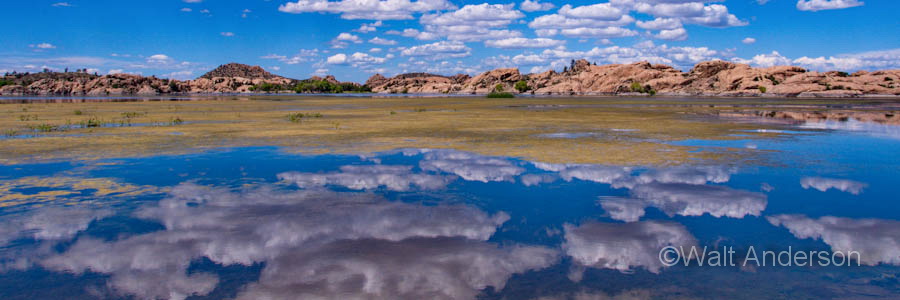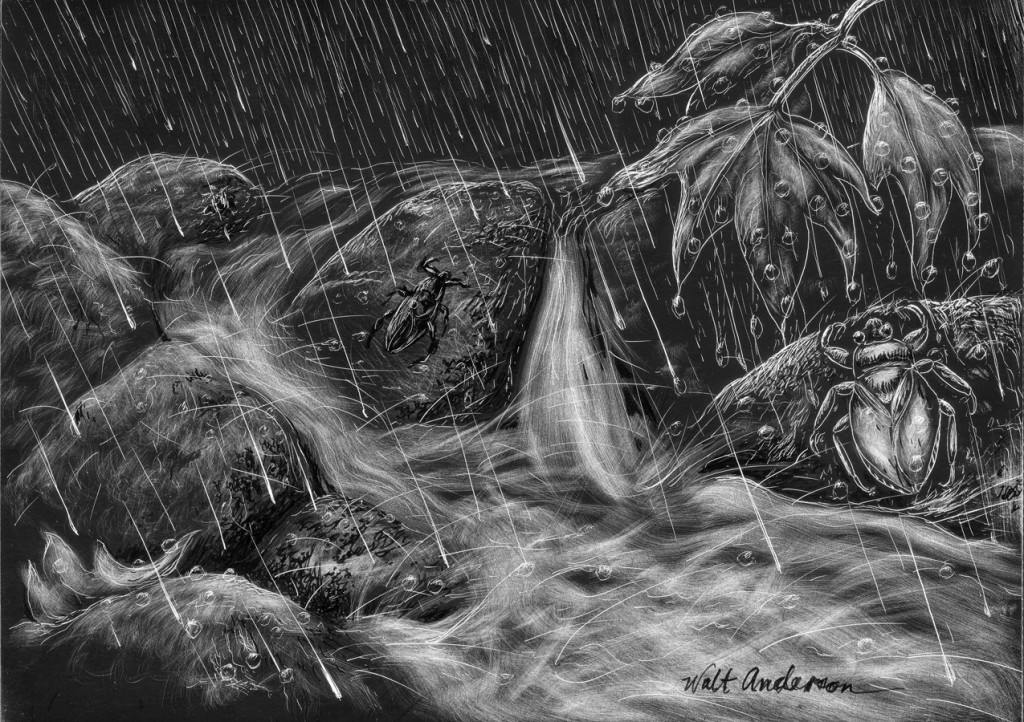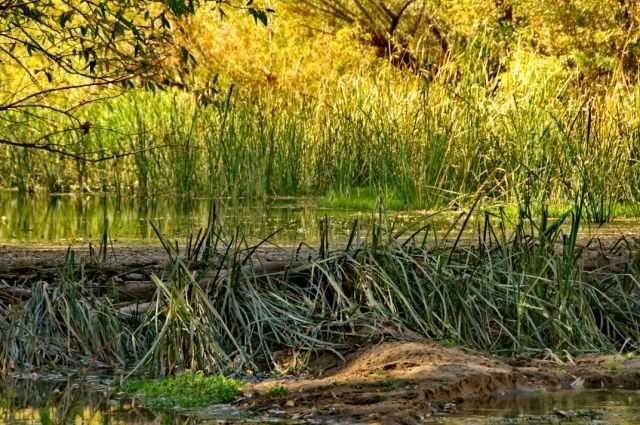June 30, 2014 marks the first-year anniversary of the tragic Yarnell Hill fire that took the lives of 19 Granite Mountain Hotshots. A day of infamy in US fire history, it has provoked abundant reflection and some action.
Twelve days before the fatal, fateful fire, another blaze, the Doce Fire, started in dense chaparral and shot northward, propelled by powerful winds. It jumped the highway and sped up over both Little Granite Mountain and Granite Mountain itself, descending with unexpected ferocity down the north slope right up to the edge of homes in Williamson Valley. It was a terrifying reminder of the power of nature that can overwhelm the puny efforts of humans, even with our advanced technology. It was humbling.
There were bright spots in that human-nature conflict. The 20-man Granite Mountain Hotshots team was aware of the ancient alligator juniper that grew in view of both mountains for centuries. Revered and respected, that tree stood in the line of fire. But for the intervention of the hotshots, it might today be nothing more than a lifeless, charred trunk, victim of one fire too many. The crew saved it by creating firebreaks and by using their personal water containers to put out spot fires in its branches. This was an act of thoughtful heroism; these men put themselves on the fire line simply to save a tree.
But it was, and still is, more than a tree—it is a symbol of resistance, of fortitude, of ancient wisdom. Continue reading

